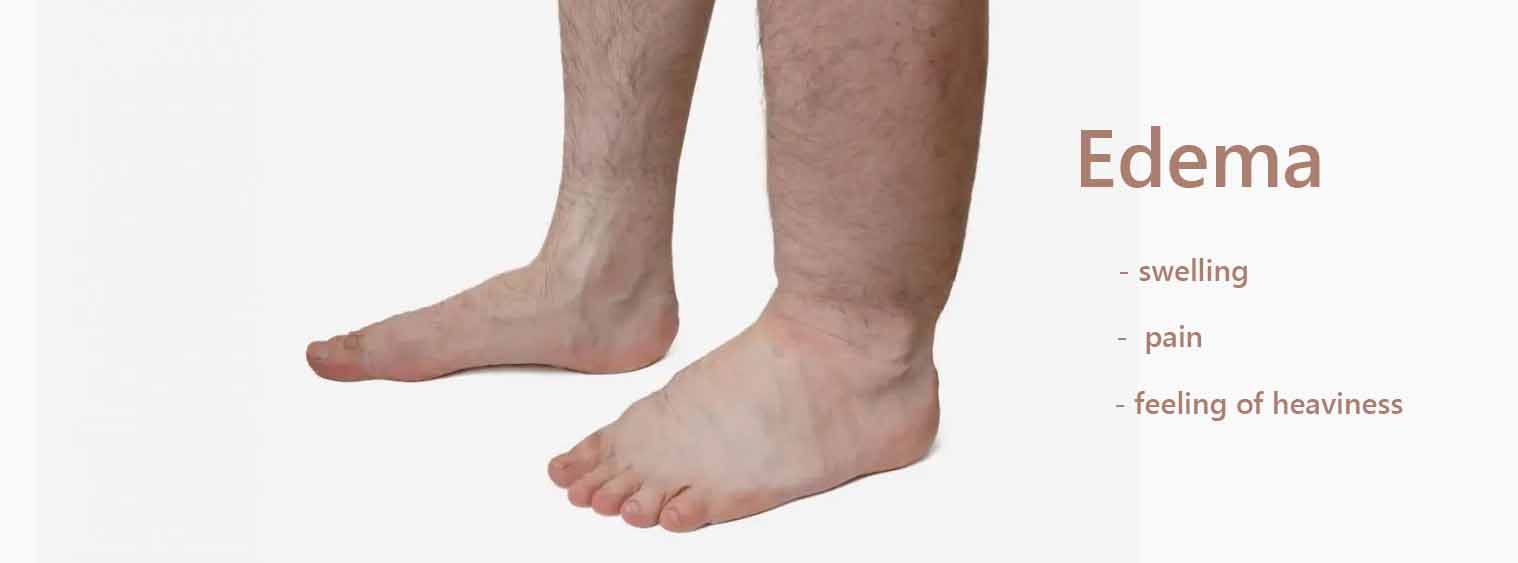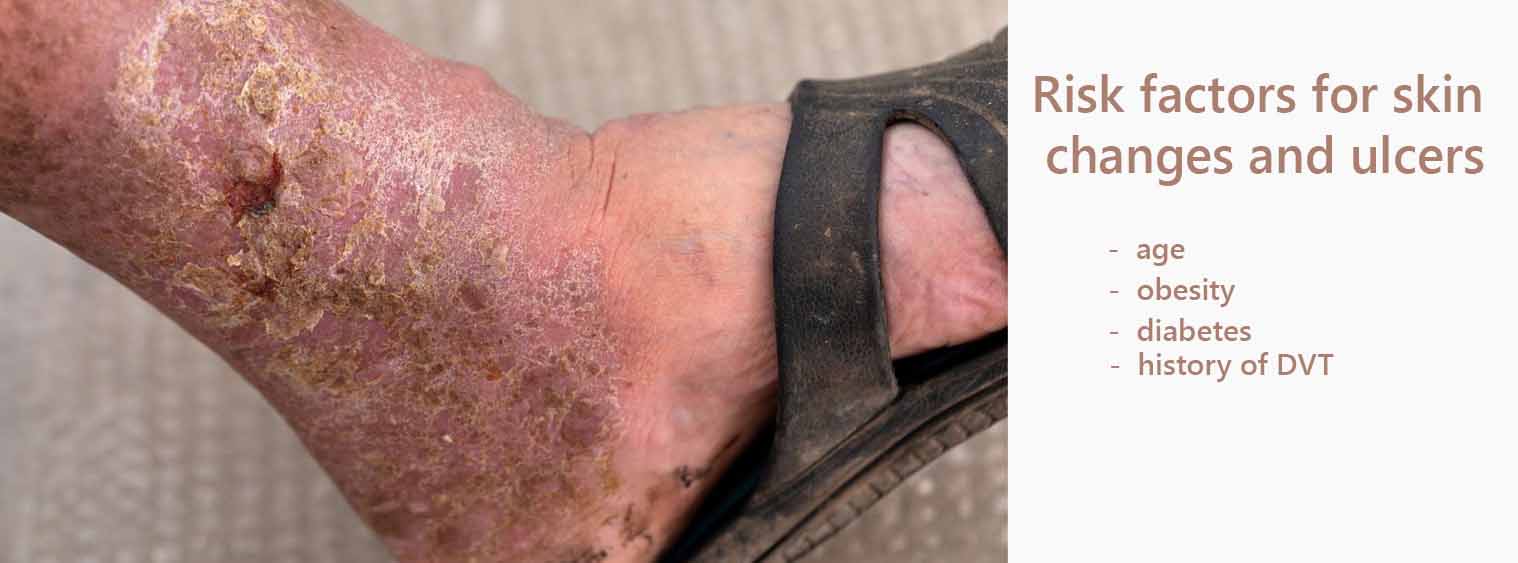
Varicose veins can be a frustrating and painful condition that affects millions of people around the world. While some may think of it as a cosmetic issue, it's important to understand that it can also lead to serious health problems if left untreated. That's why it's essential to know the symptoms, treatment, and prevention methods for this condition. In this article, we will explore the four stages of varicose veins, from the initial symptoms to the more advanced stages. We will also dive into the various treatment options available, including lifestyle changes, compression stockings, and minimally invasive procedures. By understanding the different stages of varicose veins and the options available for treatment and prevention, you can take control of your health and improve your quality of life. Let's get started!.
Spider veins, also known as telangiectasias, are the earliest stage of varicose veins. They are tiny, dilated blood vessels that appear on the surface of the skin, usually on the legs and face. Spider veins are typically blue, red, or purple in color, and they may appear in a web-like pattern. While they are not usually painful, they can be unsightly and may cause some discomfort.
The primary cause of spider veins is the weakening of the vein walls, which can occur due to a variety of factors, including genetics, age, and hormonal changes. Other contributing factors include obesity, pregnancy, and prolonged standing or sitting.
Treatment for spider veins usually involves lifestyle changes, such as regular exercise, weight loss, and avoiding prolonged periods of sitting or standing. Wearing compression stockings can also help improve blood flow and reduce the appearance of spider veins. In some cases, minimally invasive procedures, such as sclerotherapy or laser therapy, may be recommended to remove the veins.

Varicose veins are the more advanced stage of venous disease. They are bulging, twisted veins that are usually blue or purple in color and can be seen just beneath the surface of the skin. Varicose veins can cause aching, heaviness, and discomfort, especially after prolonged periods of standing or sitting.
The primary cause of varicose veins is the malfunction of the valves inside the veins, which allow blood to flow in the wrong direction and pool in the legs. Risk factors for varicose veins include age, gender, family history, obesity, and pregnancy.
Treatment for varicose veins typically involves lifestyle changes, such as regular exercise, weight loss, and avoiding prolonged periods of sitting or standing. Wearing compression stockings can also help improve blood flow and reduce discomfort. Minimally invasive procedures, such as endovenous laser treatment or radiofrequency ablation, may be recommended to close off the affected veins.

Edema is a more severe stage of venous disease that occurs when fluid accumulates in the tissues of the legs. Symptoms of edema include swelling, pain, and a feeling of heaviness or tightness in the legs. Edema can also cause skin changes, such as discoloration and thickening, and may increase the risk of skin infections
The primary cause of edema is the continued malfunction of the valves inside the veins, which allows blood to pool in the legs and increase pressure on the surrounding tissues. Risk factors for edema include age, obesity, pregnancy, and a history of deep vein thrombosis.
Treatment for edema typically involves lifestyle changes, such as regular exercise and weight loss, and wearing compression stockings to improve blood flow. Minimally invasive procedures, such as endovenous laser treatment or radiofrequency ablation, may also be recommended to close off the affected veins and improve circulation.

The most severe stage of venous disease is characterized by skin changes, such as discoloration, thickening, and inflammation, and the development of open sores, or ulcers, on the legs. These ulcers can be painful and difficult to heal, and they can increase the risk of infection.
The primary cause of skin changes and ulcers is the continued malfunction of the valves inside the veins, which leads to chronic venous insufficiency. Risk factors for skin changes and ulcers include age, obesity, diabetes, and a history of deep vein thrombosis.
Treatment for skin changes and ulcers typically involves minimally invasive procedures, such as endovenous laser treatment or radiofrequency ablation, to close off the affected veins and improve circulation. Wound care and compression therapy may also be recommended to promote healing and prevent infection.

While some risk factors for varicose veins, such as age and genetics, cannot be controlled, there are several lifestyle changes you can make to reduce your risk of developing this condition. These include.
In addition to the prevention methods listed above, there are several lifestyle changes you can make to reduce the symptoms of varicose veins. These include:
In addition to lifestyle changes, there are several non-surgical treatment options available for varicose veins. These include:
In some cases, surgical treatment may be necessary to treat varicose veins. Surgical options include:
Varicose veins can be a frustrating and painful condition, but with early detection and treatment, you can prevent them from progressing to more severe stages of venous disease. By making lifestyle changes, wearing compression stockings, and undergoing minimally invasive procedures, you can improve blood flow, reduce discomfort, and prevent serious health problems. If you suspect that you may have varicose veins, it's important to consult with a qualified healthcare provider to determine the best course of treatment for your specific needs. Remember, early detection and treatment are key to maintaining healthy veins and improving your overall quality of life.